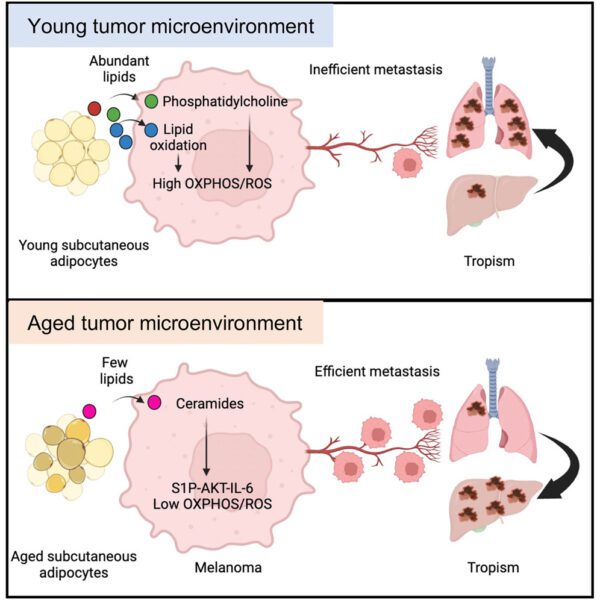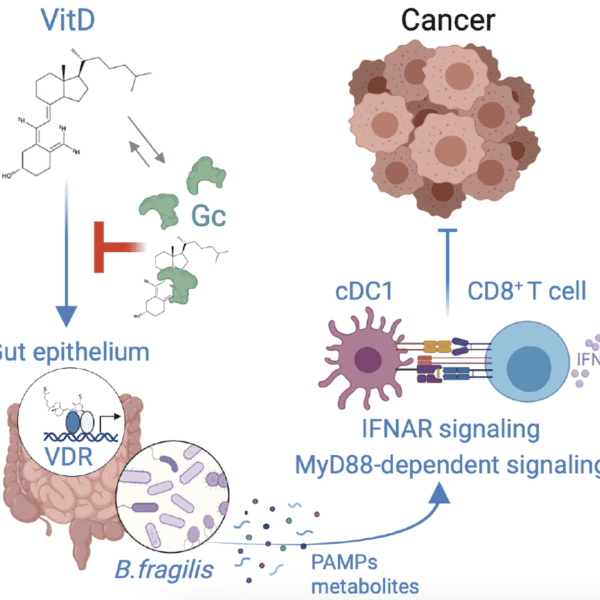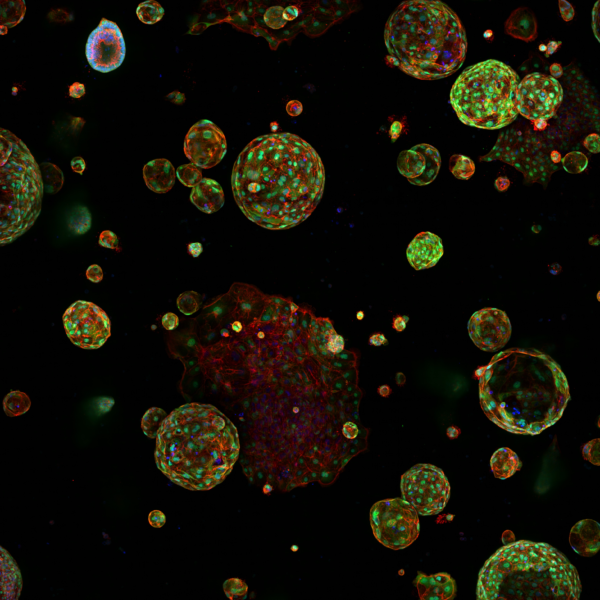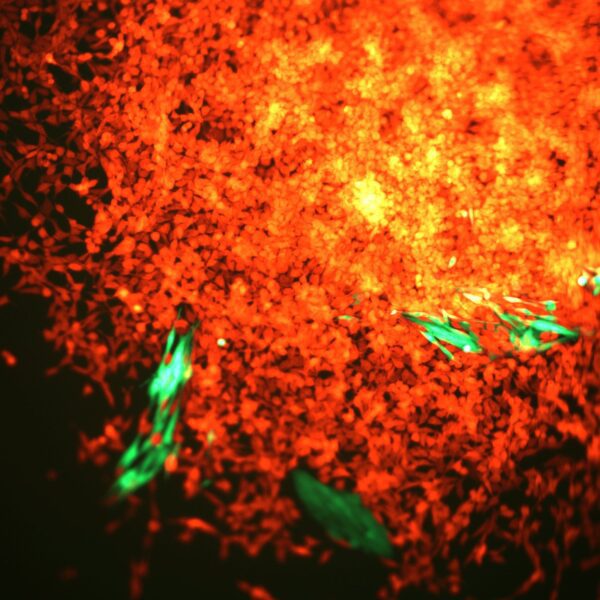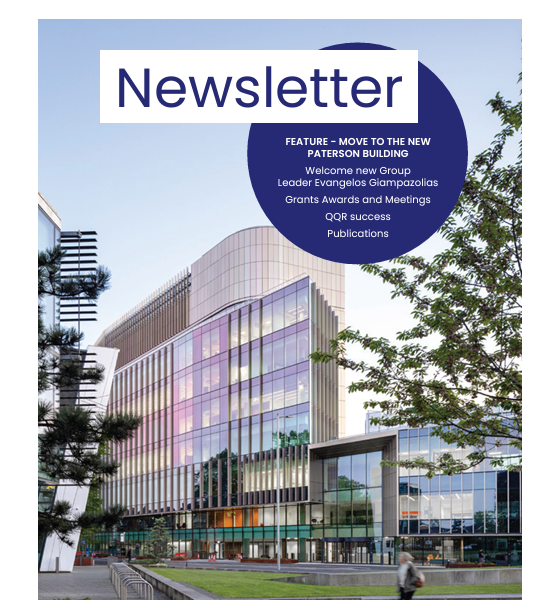Article highlights & insights
The majority of newly diagnosed prostate cancers are slow growing, with a long natural life history. Yet a subset can metastasize with lethal consequences. We reconstructed the phylogenies of 293 localised prostate tumors linked to clinical outcome data. Multiple subclones were detected in 59% of patients, and specific subclonal architectures associate with adverse clinicopathological features.
Early tumour development is characterised by point mutations and deletions followed by later subclonal amplifications and changes in trinucleotide mutational signatures. Specific genes are selectively mutated prior to or following subclonal diversification, including MTOR, NKX3-1, and RB1. Patients with low-risk monoclonal tumours rarely relapse after primary therapy (7%), while those with high-risk polyclonal tumours frequently do (61%).
The presence of multiple subclones in an index biopsy may be necessary, but not sufficient, for relapse of localised prostate cancer, suggesting that evolution-aware biomarkers should be studied in prospective studies of low-risk tumours suitable for active surveillance.
The majority of newly diagnosed prostate cancers are slow growing, with a long natural life history. Yet a subset can metastasize with lethal consequences. We reconstructed the phylogenies of 293 localised prostate tumors linked to clinical outcome data. Multiple subclones were detected in 59% of patients, and specific subclonal architectures associate with adverse clinicopathological features.
Early tumour development is characterised by point mutations and deletions followed by later subclonal amplifications and changes in trinucleotide mutational signatures. Specific genes are selectively mutated prior to or following subclonal diversification, including MTOR, NKX3-1, and RB1. Patients with low-risk monoclonal tumours rarely relapse after primary therapy (7%), while those with high-risk polyclonal tumours frequently do (61%).
The presence of multiple subclones in an index biopsy may be necessary, but not sufficient, for relapse of localised prostate cancer, suggesting that evolution-aware biomarkers should be studied in prospective studies of low-risk tumours suitable for active surveillance.
Institute Authors
Groups
Group leader
Research topics & keywords
All publications
https://doi.org/10.1038/s44161-025-00740-z
Single-cell profiling reveals three endothelial-to-hematopoietic transitions with divergent isoform expression landscapes
11 November 2025
Institute Authors (6)
Robert Sellers, John Weightman, Wolfgang Breitwieser, Natalia Moncaut, Michael Lie-a-ling, Georges Lacaud
Labs & Facilities
Computational Biology Support, Molecular Biology, Genome Editing and Mouse Models
Research Group
Stem Cell Biology
11 November 2025
https://doi.org/10.1136/jitc-2025-012527
Systemic immunosuppression from ultraviolet radiation exposure inhibits cancer immunotherapy
31 October 2025
Institute Authors (4)
Isabella Mataloni, Antonia Banyard, Garry Ashton, Amaya Virós
Labs & Facilities
Mass and Flow Cytometry, Histology
Research Group
Skin Cancer & Ageing
31 October 2025
https://aacrjournals.org/cancerdiscovery/article/doi/10.1158/2159-8290.CD-24-1224/766638/Glucocorticoids-Unleash-Immune-dependent-Melanoma
Glucocorticoids Unleash Immune-dependent Melanoma Control through Inhibition of the GARP/TGF β Axis
15 October 2025
Institute Authors (12)
Charles Earnshaw, Poppy Dunn, Shih-Chieh Chiang, Maria Koufaki, Massimo Russo, Kimberley Hockenhull, Erin Richardson, Anna Pidoux, Alex Baker, Richard Reeves, Robert Sellers, Sudhakar Sahoo
Labs & Facilities
Computational Biology Support, Visualisation, Irradiation and Analysis
Research Group
Cancer Inflammation and Immunity
15 October 2025
/wp-content/uploads/2025/09/Annual_Report_2024.pdf
2024 Annual Report
23 September 2025
23 September 2025
https://doi.org/10.1182/blood.2024028033
An in vivo barcoded CRISPR-Cas9 screen identifies Ncoa4-mediated ferritinophagy as a dependence in Tet2-deficient hematopoiesis
4 September 2025
Institute Authors (1)
Justin Loke
Research Group
Myeloid Cancer Biology
4 September 2025
https://doi.org/10.1038/s41467-024-49692-1
Whole genome sequencing refines stratification and therapy of patients with clear cell renal cell carcinoma
15 July 2025
Institute Authors (1)
Samra Turajlić
Research Group
Cancer Dynamics
15 July 2025
Our Research
Our research spans the whole spectrum of cancer research from cell biology through to translational and clinical studies
Research Groups
Our research groups study many fundamental questions of cancer biology and treatment
Our Facilities
The Institute has outstanding core facilities that offer cutting edge instruments and tailored services from expert staff
Latest News & Updates
Find out all our latest news
